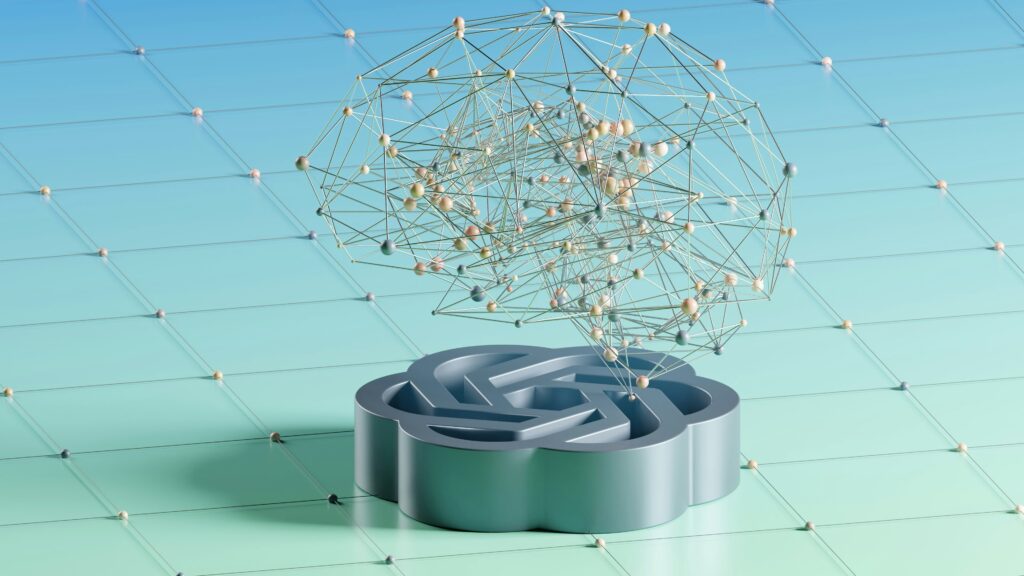The launch of GPT-5 from OpenAI last month represents a major leap in how artificial intelligence(AI) interacts with users, making it feel more like a personal assistant than ever before.
Unlike earlier versions, where users had to manually select a model like GPT-3.5 or GPT-4 depending on their needs, GPT-5 automatically determines the best approach for a query.
Let’s explore how GPT-5 selects the right model and response style, the technology behind it and what this means for users’ AI interactions.
How GPT-5 automatically selects a model
In past ChatGPT versions, users had to choose a model manually. If, for example, a user asked for Python code and the user knew it was going to be long and complex, they had to pick the most sophisticated version, such as GPT-4o. If they needed something simpler, with a short answer, they could rely on GPT-4o Mini.
But now, GPT-5 changes that with dynamic model routing. This is an intelligent system that evaluates the type of query it is, its reasoning requirements and the user’s context.
Based on these factors, it automatically selects the most appropriate configuration, whether a specialized sub-model or an enhanced reasoning module.
The result is that users no longer need to guess which AI model will give the best answer. GPT-5 adapts in real time.
What is Unified Architecture?
Instead of separate models, GPT-5 has a unified architecture that scales its reasoning, creativity and memory dynamically.
This design allows the system to adjust its internal computations depending on the complexity and type of the task.
This makes the AI feel responsive and intuitive rather than static.
How GPT-5 decides the type of response
GPT-5 picks the model and chooses the style and approach for each prompt through multiple layers of processing:
1. Task analysis
When you send a prompt, GPT-5 analyzes the structure and intent of your input:
- Factual queries: Requests for lists, definitions, or explanations trigger a factual mode.
- Creative queries:Prompts for stories, poems, or brainstorming trigger a creative mode.
- Reasoning queries:Multi-step problems, logic puzzles, or technical explanations trigger a reasoning mode.
This analysis is semantic, not keyword-based, and it allows GPT-5 to predict the cognitive effort required for your query.
2. Internal routing to sub-modules
GPT-5 adjusts its internal computation pathways depending on the task:
- Reasoning-heavy tasks: Deep reasoning modules maintain multiple chains of thought to reduce errors.
- Factual tasks: Memory-optimized retrieval modules ensure concise, accurate answers.
- Creative tasks:Generative creativity mode prioritizes novelty, style and expressiveness.
GPT-5 acts as a single brain with multiple modes that it can dial up or down as needed.
3. Adaptive style tuning
Even within a mode, GPT-5 adjusts its tone and style dynamically:
- Formal queries receive precise, citation-style responses.
- Conversational queries are handled casually, empathetically, or playfully.
- Modes can be blended, for example providing a factual answer illustrated with a creative example.
4. Feedback loops during response
GPT-5 continuously evaluates its own output while generating an answer, checking for logical reasoning, relevance and tone consistency.
If it detects a drift, it self-corrects, producing better response, even for multi-step or nuanced tasks.
5. User Interaction Influence
GPT-5 adapts in real-time to your interactions. Clarifying questions or requests for a different style prompt the system to switch modes on the fly.
This flexibility allows a conversation to move from factual to creative to reasoning-heavy without manual intervention.
The result is a highly intuitive AI experience
GPT-5 combines task understanding, modular computation, style tuning and continuous feedback to select the right approach for each prompt automatically.
GPT-5 adapts to user needs in real time, delivering the right mix of accuracy and creativity for every query.
If users are researching, problem-solving or brainstorming, GPT-5 brings a new level of intelligence and responsiveness to their interactions.
How can you leverage cloud GPUs for your own AI models?
NVIDIA GPUs allows developers to build, train and deploy AI models quickly and efficiently, and you don’t have to be a big company like OpenAI to have access to powerful AI technology.
As an NVIDIA Preferred Partner, Massed Compute on Demand Cloud GPUs are a cost-effective, flexible and secure option.
Use the coupon code MassedComputeResearch for 15% off any GPU rental. Sign up and check out our marketplace today!

